Tour de Pologne 2021 route unveiled
Organizers shake up the route, balance two hilly finishes with a time trial and hope to improve safety with new barriers
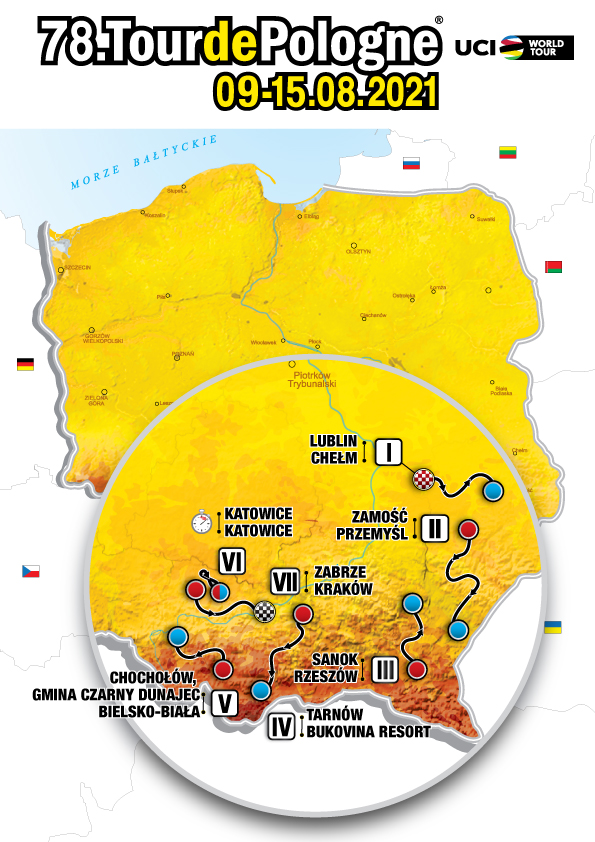
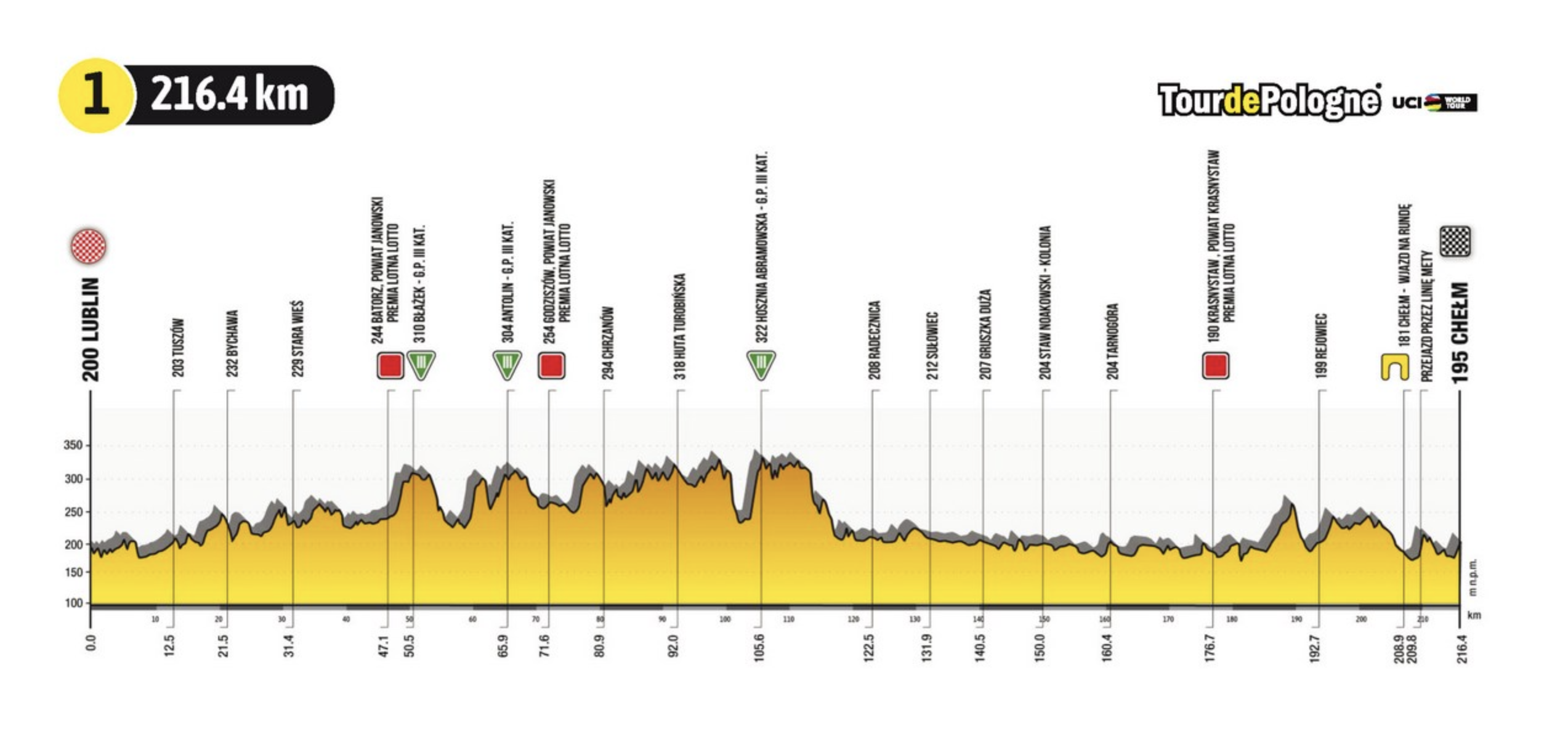
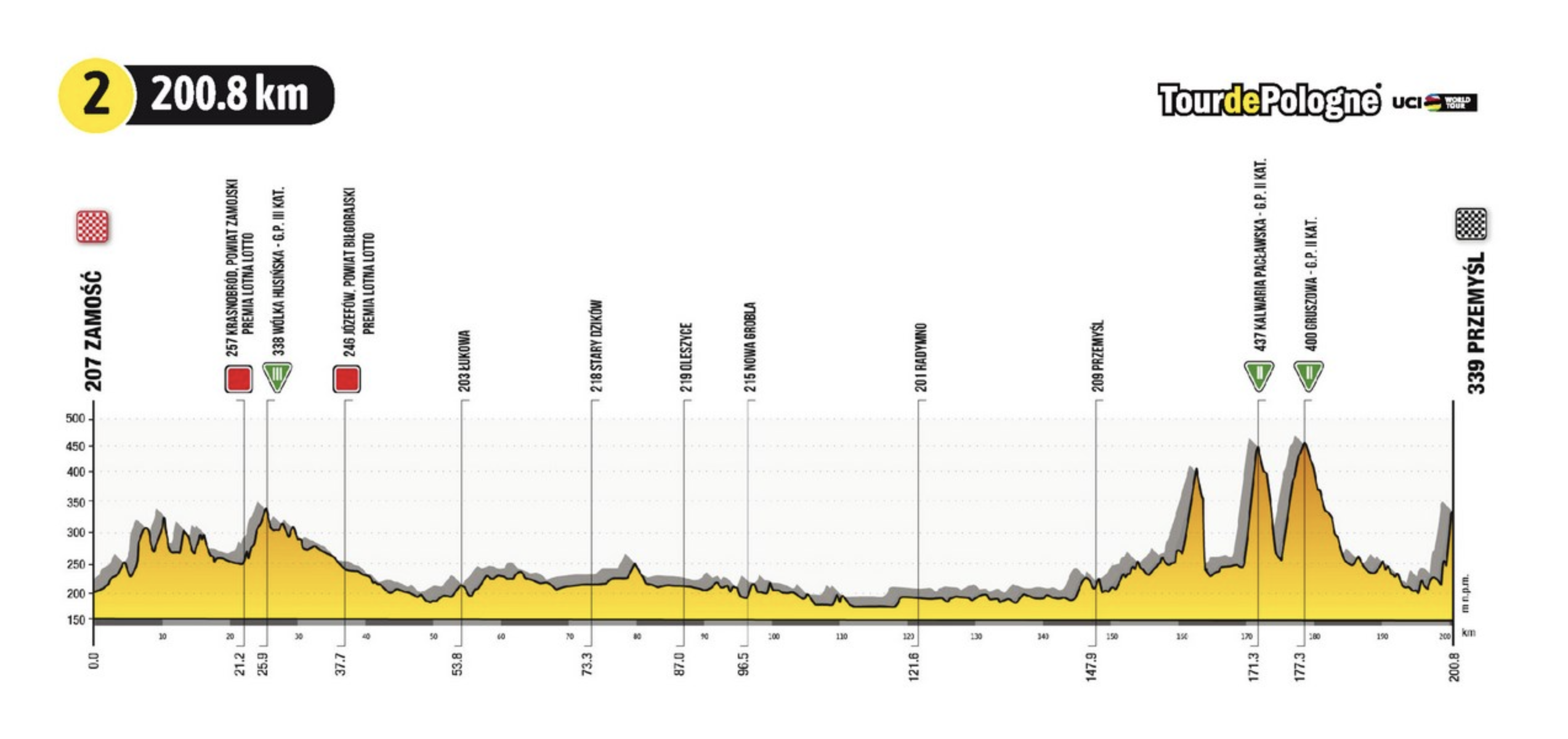
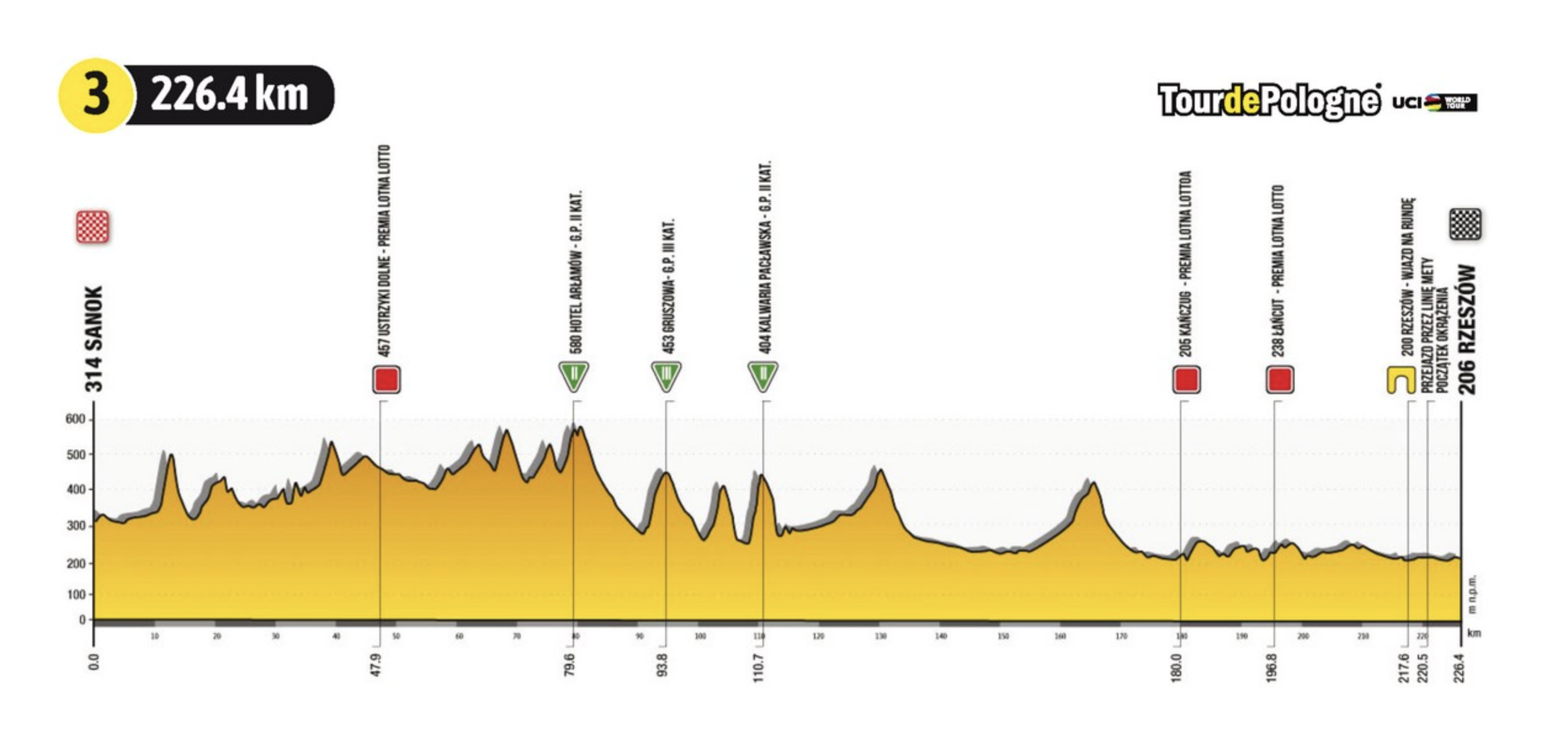
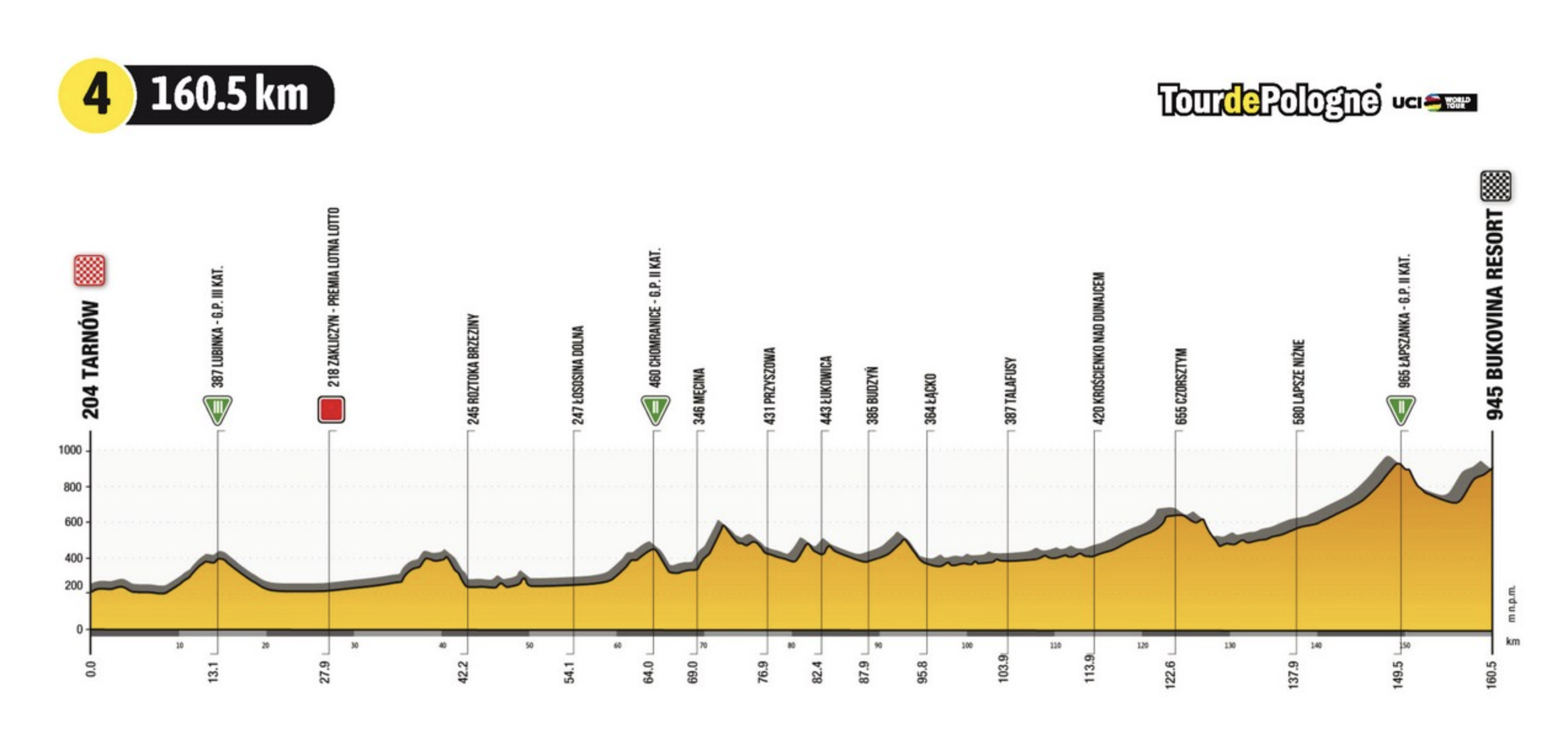
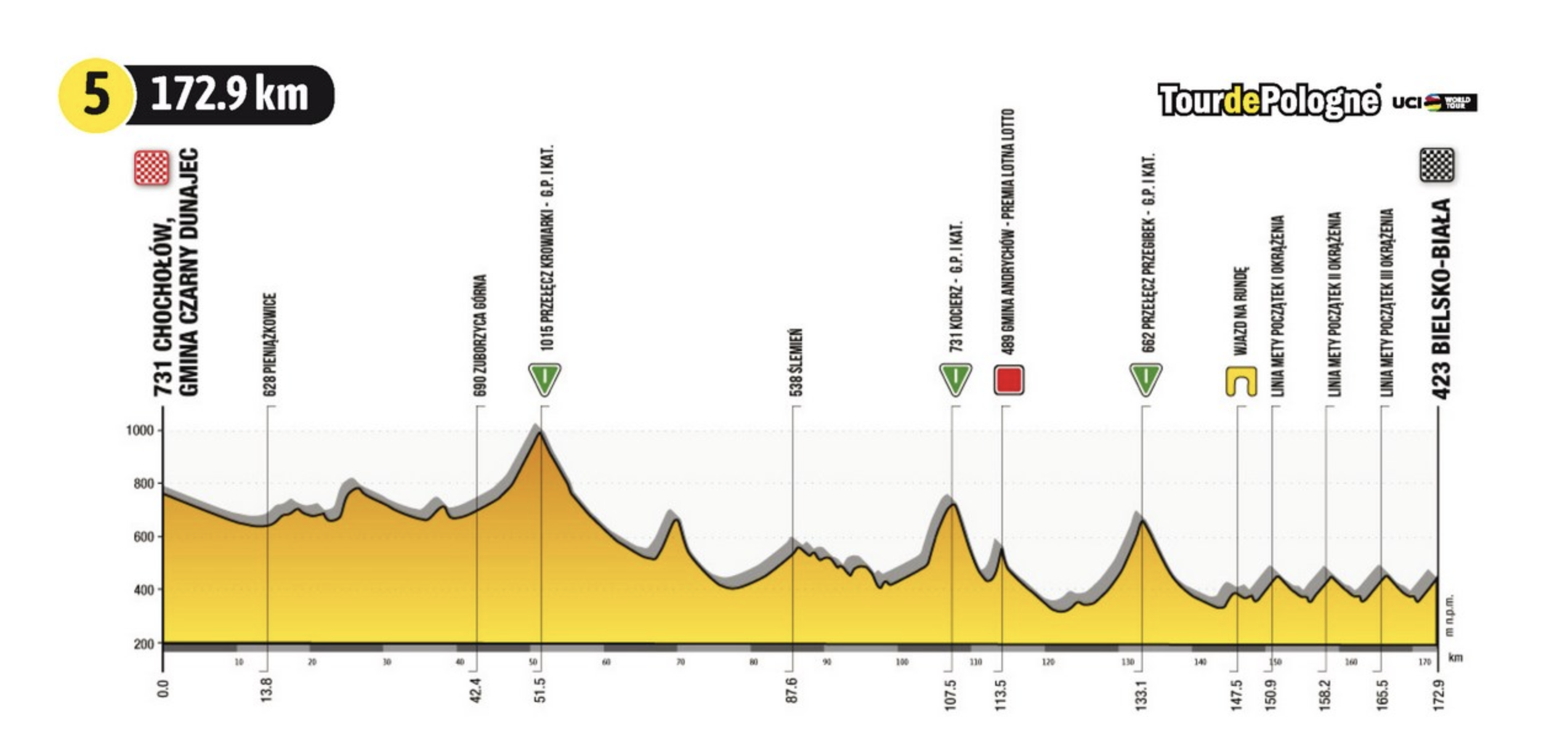
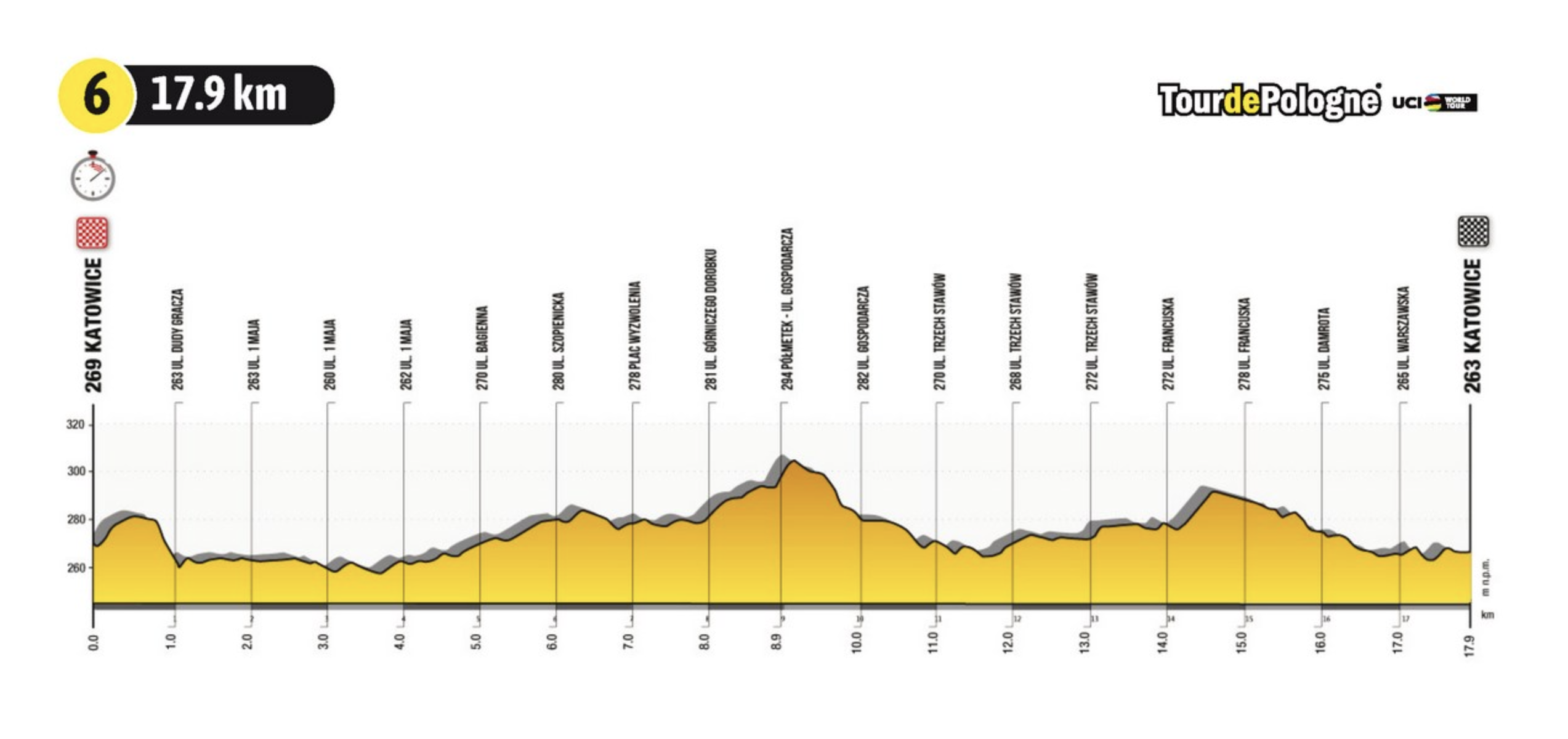
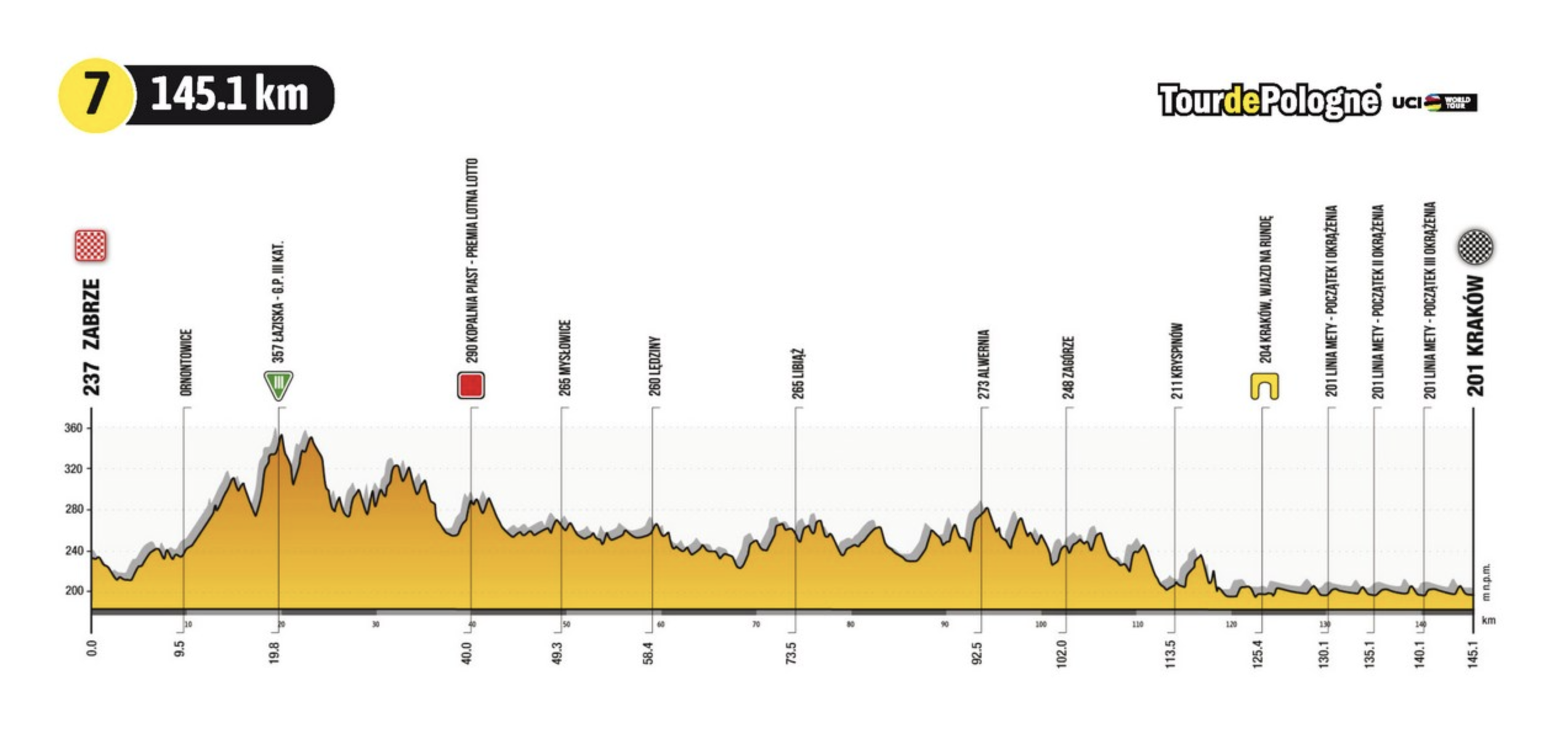
Tour de Pologne organizers have presented the route of the 78th edition of the Poland's only WorldTour race.
Running between August 9-15, the Tour de Pologne will be the first WorldTour stage race after Tour de France and the Olympic Games in Tokyo. Due to this year's tight schedule, its final will overlap with the beginning of Vuelta a Espana, which is due to start on August 14.
This year's course, unveiled on national television yesterday evening, offers a fairly balanced challenge: two opportunities for sprinters, two finals for punchy classics riders, two days for climbing specialists and a time trial to settle the general classification score.
In an attempt to shake up the race route that for some years now has followed a similar pattern, race director Czesław Lang enlisted the help of a former professional Przemysław Niemiec. This year, while the peloton moves on well-trodden routes of southern Poland and will see a picturesque Kraków's old town as the backdrop of its finale, there are two new punchy finals and a time trial in Katowice, replacing an infamous high-speed finish, where Fabio Jakobsen crashed last year.
Starting in Lublin, capital of Lublin Voivodeship, the peloton will spend three days in the eastern part of Poland, where WorldTour peloton has not raced yet. The undulating course on the way to Chełm should not deter sprinters, although after 216 kilometres there is a twist: a short and cobbled climb leading to the finish.
Stage 2 will already be a slightly hillier affair as riders will make their way from UNESCO World Heritage-listed centre of Zamość to Przemyśl, once home to a World War I era fortress. Two short and steep climbs come in quick succession in the final 30 kilometres before the road leads back to the city centre for a narrow, steep and partly cobbled climb (1.5 km, 7%). With gradients hitting 15%, a punchy classics rider or a climber should be in the leader's jersey by the end of the day.
Stage 3 will bring the bunch back to Sanok in Subcarpathian Voivodeship, where Davide Bramati won a stage all the way back in 1995. It is once again over 200 kilometres but the hilly beginning is balanced by a flatter run-in to the region's capital, Rzeszów. Thor Hushovd, Theo Bos, and Fernando Gaviria have all won bunch sprints there in the last decade and a sprinter's day is also expected this time.
Get The Leadout Newsletter
The latest race content, interviews, features, reviews and expert buying guides, direct to your inbox!
The race moves to a familiar setting on day 4, although this year's route is missing the climbing feast in Bukowina, in Tatra mountains. Due to the road surface issues the organizers had to settle for a watered-down version of the race's signature stage: 160 kilometres featuring two climbs: Łapszanka (9 km, 4%) with 11 kilometres to go and the final ascent in Bukowina (3 km, 4.8%), where Remco Evenepoel concluded his solo raid to take the stage and overall victories last year.
There is more climbing to come on stage 5 as the road leads north through Lesser Poland. Riders who took part in Carpathian Couriers Race as espoirs will remember those roads, especially a 9km Krowiarka Pass, race's highest point at 1015 metres, while ascents of Przegibek and Kocierz have already featured in Tour de Pologne's program. Steep ascents come only mid-way through 173km stage which heads to Bielsko-Biała for three local circuits, a repetition of an exhausting, slightly uphill finish, where Richard Carapaz ambushed fast men last year.
The high-speed finish in Katowice is out but the race will return to Silesia in 2021, this time for a time trial. A 17.9km stage should suit specialists in racing against the clock and set the general classification ahead of the finale stage in Kraków, where a bunch sprint will conclude seven days of racing.
New barriers
Last year's Tour de Pologne was carefully watched as the first WorldTour stage race to be organized in the conditions of COVID-19 pandemic and new sanitary protocols. This year the protocols will still be in place but the event is likely to come under additional scrutiny on the riders' safety front.
Questions around the safety of the course appeared immediately after the horrific crash in the final of stage 1. Dylan Groenewegen (Jumbo-Visma) deviated from his line at high speed on a slightly downhill finish in Katowice and forced Fabio Jakobsen (Deceninck-Quick-Step) into the finish line barriers. Jakobsen, a member of the jury, and security barriers were all sent flying, bringing multiple riders down on the finish line. The Dutch sprinter burst through the barriers and suffered life-threatening injuries, including damages to his face, jaw, and teeth.
Jakobsen was quickly attended to by the medical services on-site before being hospitalized and being placed in an induced coma. Young Dutchman regained consciousness two days later and began his recovery, undergoing several reconstructive surgeries in the process. He returned to racing during the Tour of Turkey this year. Groenewegen, who came away with a broken collarbone, a fine, and a disqualification, was later suspended for nine months by the UCI's disciplinary commission. He returned to competition two weeks ago during Giro d'Italia.
While Tour de Pologne's director claimed "everything was prepared as safely as it could have been", he came under pressure to replace the high-speed finish, which featured in the race's program for a number of years. Following the last year's incident, the final stretch in Katowice and the quality of the barriers protecting it have been criticised by multiple professional and ex-professional riders, as well as the riders' union, the CPA.
Two days before the route presentation the race organizer, Lang Team, announced a partnership with Belgian company Boplan, which will see the race adopt new safety measures. These will include impact-absorbing polymer barriers in the stage finals while "other protective devices will be positioned in some critical places such as traffic islands and as a protection of other potential obstacles along the course", according to the press release.
Boplan's products have been previously used by E3 Saxo Bank Classic organizers during 2019 and 2021 editions and have been introduced to the Belgian one-day races by Flanders Classics in the spring of 2021. The company, which specializes in designing and manufacturing safety solutions for industrial use, will also provide barriers and safety systems during Orlen Nation Grand Prix (May 29-30), a U23 stage race also organised by LangTeam.
"The safety of the race and the riders has always been one of the main points on the agenda of our races," Agata Lang, Deputy Director General of the Tour de Pologne, said in the statement. "For this reason, we decided to use the new support of BOPLAN and their innovative systems which were also appreciated by the riders on the races in Belgium."
Following the crash in Katowice and other dangerous incidents during 2020 season, the UCI has set up a working group dealing with the issue of rider safety and has come up with a series of new protocols, including better barrier standards for bunch sprints.
While additional resources have been deployed this year to check the courses, including the UCI-mandated requirement to appoint an event safety manager, more changes are on the way. The UCI announced in February that "a set of standards for barriers used in the final of events, in particular for bunch sprints will be established", with aim of implementing it in 2022.